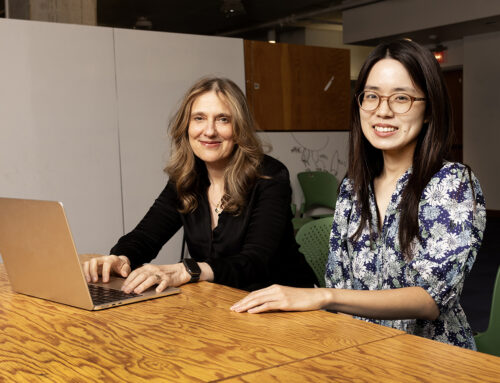Artificial Intelligence (AI) has become one of the defining technologies of the 21st century, influencing various sectors such as healthcare, finance, education, and entertainment. As we stand on the brink of what many describe as the AI revolution, it is imperative to contemplate not only the enormous potential the technology holds but also the multifaceted fears that accompany it. The journey ahead beckons a thorough understanding of what lies in the future of AI, interwoven with both hope and trepidation.
Hopes: Transforming Possibilities
1. Enhancing Human Capabilities
AI’s most immediate promise lies in its ability to augment human productivity and innovation. From automating mundane tasks to providing analytics that drive strategic decision-making, AI systems can enable individuals and organizations to achieve more with less effort. In sectors like healthcare, AI-driven tools are already assisting in diagnostics, personalizing treatment plans, and even predicting patient outcomes, thereby enhancing the overall quality of care.
2. Addressing Global Challenges
AI presents an unprecedented opportunity to confront some of the world’s most pressing issues, such as climate change, poverty, and disease. Machine learning algorithms can analyze vast datasets more efficiently than humans, identifying patterns and trends that can guide effective interventions. For instance, AI can optimize energy consumption, predict natural disasters, and streamline supply chains, ultimately contributing to sustainable development.
3. Fostering Creativity
From generating music and art to assisting in scientific discovery, AI has opened new avenues for creativity. Predictive algorithms can suggest innovative solutions to complex problems, paving the way for breakthroughs in various fields. By collaborating with AI, creators can explore uncharted territories, blending technological prowess with human imagination.
Fears: Navigating the Risks
1. Job Displacement
One of the most significant concerns surrounding AI is its impact on employment. The automation of jobs has raised alarm bells about the future of work. As AI systems become more capable, there is a genuine fear that millions may find their skills rendered obsolete. While historical precedents have shown that technological advancements often lead to new job categories, the question persists: Will the transition be smooth, or will it breed economic inequality and social unrest?
2. Ethical Dilemmas
AI is not immune to biases and ethical quandaries. The algorithms underlying AI systems can perpetuate existing prejudices present in training data, leading to discriminatory outcomes. These biases can deeply affect societal structures, making it crucial for developers to adopt responsible AI practices. Ensuring fairness, accountability, and transparency in AI systems remains an ongoing challenge that needs addressing.
3. Existential Risks
As the capability of AI continues to grow, fears surrounding its potential misuse have escalated. Scenarios ranging from autonomous weapons to deepfake technology have sparked debates about the implications of powerful AI applications falling into the wrong hands. The concept of superintelligent AI raises even more profound concerns about control and the unforeseen consequences of creating entities that may surpass human intelligence.
What Lies Ahead: A Collaborative Future
As we look toward the future of AI, a synergistic approach seems essential. The development and deployment of AI should not be dictated solely by technical advancements; rather, it should involve inter-disciplinary collaboration among technologists, ethicists, policymakers, and sociologists.
1. Regulation and Governance
Creating comprehensive frameworks to govern AI technologies is paramount. Policymakers need to develop standards and regulations that balance innovation with public safety and ethical considerations. This includes guidelines for data usage, algorithmic transparency, and ensuring that AI systems operate within a well-defined ethical boundary.
2. Education and Reskilling
Addressing job displacement will require proactive measures in education and workforce development. Governments and educational institutions must invest in reskilling programs that prepare individuals for the future job landscape, emphasizing skills that complement, rather than compete with, AI technologies.
3. Promoting Inclusivity
Ensuring that the benefits of AI are broadly shared is vital for its sustainable adoption. Inclusivity in AI research and development can help mitigate biases and maximize positive outcomes. By involving a diverse range of voices and perspectives in the development of AI systems, we can create solutions that are equitable and truly reflect the needs of a global society.
Conclusion
The future of AI is a tapestry woven from threads of hope and fear. While its capabilities have the potential to transform our lives and address global challenges, it also presents significant ethical and societal dilemmas that must be navigated thoughtfully. As humanity embarks on this exciting yet uncertain journey, fostering collaboration, responsible governance, and inclusivity will be key to ensuring that AI serves as a force for good, paving the way for a brighter future for all.




Deixe o seu comentário